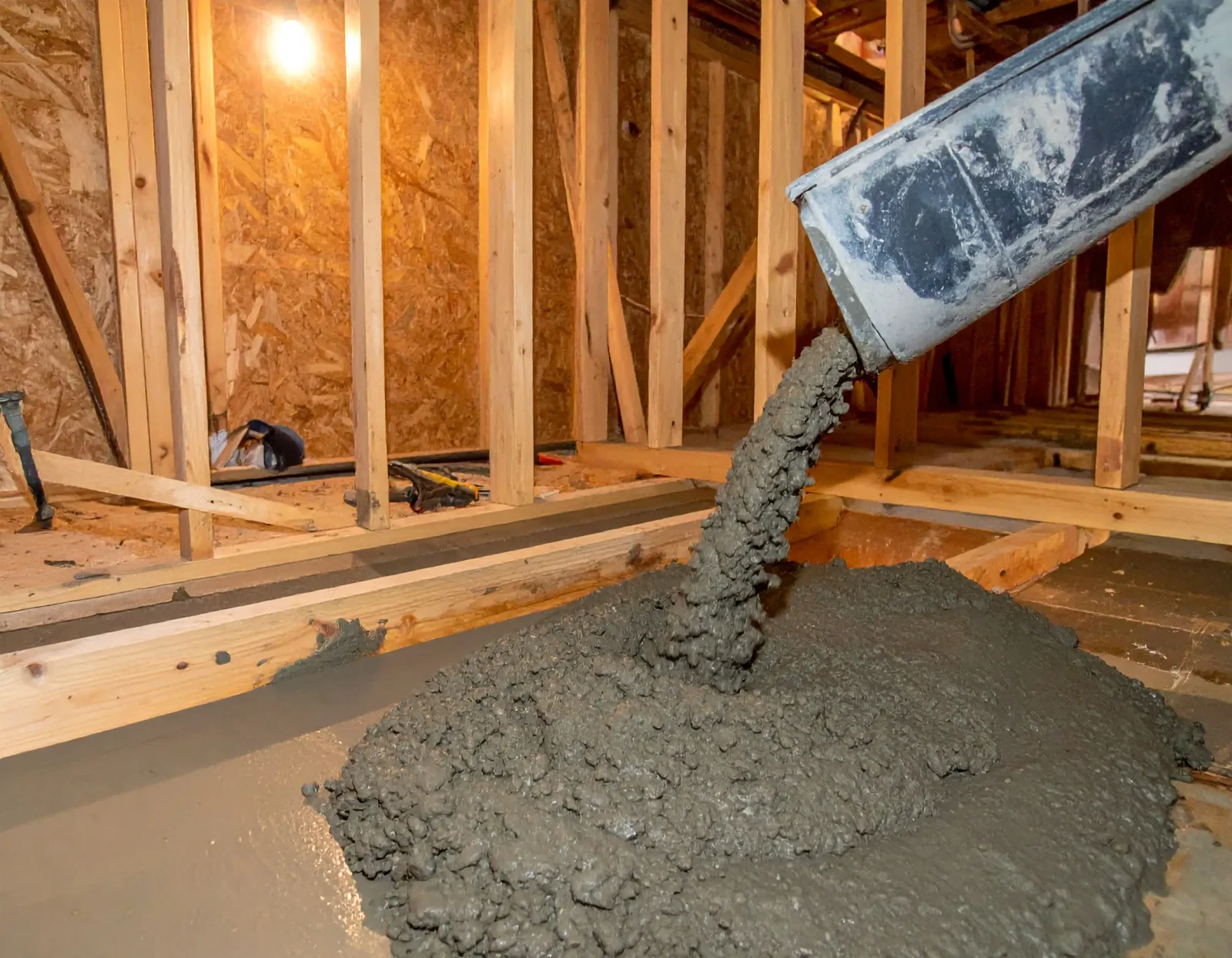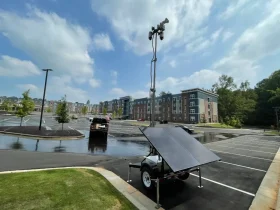Unlocking the Potential: From Cramped to Comfortable
Dreaming of a spacious, inviting basement, but facing the reality of low ceilings and cramped quarters? It’s a common scenario for many homeowners, especially those with older properties where basements often feel more like a utility area or a glorified crawl space than a potential living extension.
The good news is that this doesn’t have to be your basement’s fate. Basement underpinning is often the crucial, foundational step that unlocks true spaciousness and comfort in a basement renovation. It transforms what was once a mere utility area into a highly desirable and functional extension of your home, offering immense possibilities for living, working, and playing.
The Problem: The Limitations of a Low-Ceiling Basement
Before we dive into the solution, let’s understand the challenges posed by a basement with limited headroom.
A. Feeling Cramped and Uninviting
Low ceilings can have a significant psychological impact. They often create a feeling of claustrophobia or confinement, making the space feel dark and unwelcoming. This inherent limitation discourages natural light penetration, further contributing to a less-than-ideal atmosphere.
B. Restrained Design and Functionality
A low ceiling severely restricts your design choices and the functionality of the space. It becomes difficult, if not impossible, to install standard-height doors, windows, and light fixtures. Tall furniture, built-ins, or even simply standing comfortably can be impractical. Furthermore, creating open-concept layouts, which are highly sought after, becomes a significant challenge when you’re constantly battling vertical limitations.
C. Reduced Livability and Resale Value
Basements with low ceilings are inherently less appealing to potential buyers. They are often relegated to mere storage, preventing the home from utilizing its full usable square footage. In many areas, including the Toronto region, basements may not even meet building code requirements for habitable space (such as bedrooms) if the ceiling height is insufficient, further impacting their livability and future resale value.
The Solution: How Basement Underpinning Transforms Space
This is where basement underpinning comes in as a game-changer for basement renovations.
A. What is Basement Underpinning?
Simply put, basement underpinning is the process of deepening your home’s foundation to gain additional vertical space. It involves carefully excavating beneath the existing footings and pouring new, deeper concrete sections, typically in a methodical, section-by-section approach, to support the structure at a lower level.
B. The Direct Impact on Spaciousness:
- Dramatic Increase in Headroom: This is the primary and most immediate benefit. Basement underpinning creates feet of additional vertical space, transforming a once-cramped area into a room with comfortable, inviting ceiling heights.
- Open and Airy Feel: By gaining significant headroom, the “underground” sensation is eliminated. The space feels more open, airy, and akin to a main floor, rather than a confined basement.
- Improved Natural Light: With increased vertical space, it often becomes possible to install taller windows or even light wells, allowing significantly more natural light to flood the basement, further enhancing its spacious feel.
Beyond Headroom: The Comprehensive Benefits for Renovation
While increased headroom is the star, basement underpinning offers a host of other comprehensive benefits that are vital for a successful and spacious renovation.
A. Enhanced Comfort and Livability
The added height allows for comfortable movement, easy standing, and the use of standard furniture. This creates a truly inviting atmosphere, making the basement a desirable space for any purpose, from a cozy family room to a bustling home office.
B. Unlocking Design Possibilities
With ample headroom, your design options are virtually limitless. You gain the freedom to install standard doors, full-height cabinetry, and architectural features that would be impossible with low ceilings. It enables open-concept layouts, versatile room divisions, and accommodates taller light fixtures, ceiling fans, and recessed lighting without feeling cramped.
C. Meeting Building Code Requirements
For any habitable space, especially legal bedrooms or apartments, meeting minimum ceiling height requirements is crucial. Basement underpinning ensures your renovation complies with these essential building codes, guaranteeing safety and compliance for future resale.
D. Structural Stability and Peace of Mind
Beyond creating space, basement underpinning reinforces the entire foundation. It addresses any existing structural issues and prevents future problems, providing a solid, secure base for your new living space and offering invaluable peace of mind.
E. Increased Property Value
A spacious, legally finished basement significantly boosts your property’s appraisal value. It appeals to a wider range of buyers, especially in dense urban markets like Toronto, where every square foot counts. Furthermore, with adequate height, the potential for creating a legal rental income unit (ADU) becomes a viable and attractive option.
When to Consider Underpinning for Your Renovation
Basement underpinning is a significant investment, but it’s often the most effective solution in specific scenarios:
Low Existing Ceiling Height:
If your basement currently feels too short for comfortable living or doesn’t meet code requirements.
Desire for Specific Uses:
If you’re planning a bedroom, home office, gym, or entertainment area that genuinely requires ample headroom to be functional and appealing.
Addressing Existing Foundation Issues:
It’s an ideal opportunity to combine necessary structural repair with the added benefit of space enhancement.
Maximizing Resale Value:
If you’re looking to make an investment that significantly enhances your home’s market appeal and appraisal value.
The Underpinning Process: What to Expect
Embarking on an basement underpinning project requires careful planning and professional execution.
A. Professional Assessment
It all begins with a thorough assessment by structural engineers and experienced contractors. They will evaluate your home’s foundation, soil conditions, and design a precise plan tailored to your property.
B. Permits and Regulations
Navigating local building codes and obtaining the necessary permits is a critical step. An experienced basement underpinning specialist will guide you through this process, ensuring all work complies with regulations.
C. Project Timeline and Considerations
Understanding the project’s duration and any temporary impacts on your living situation is important. Your contractor will provide a detailed timeline and discuss considerations like noise, dust, and access during the construction phases.
Basement underpinning is more than just a foundation repair; it’s the essential step to creating truly spacious, comfortable, and valuable living areas below ground. It transforms a previously underutilized space into a vibrant, integral part of your home.
Don’t let low ceilings limit your basement’s potential. Invest in the foundation for a renovation that genuinely expands your home’s livable space, unlocking possibilities you might not have thought possible. Consult with a qualified basement underpinning specialist to explore how this transformative process can unlock the spacious basement renovation of your dreams.










